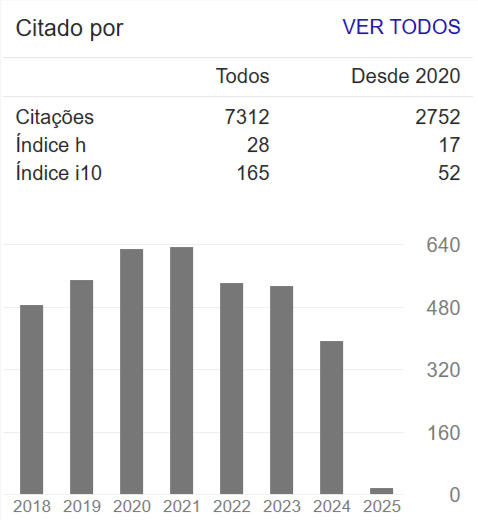The importance of whole-core soil sampling (WCSS) for high-resolution site characterization
Abstract
The traditional technique of contaminated site assessment in Brazil is based on the installation of 3 meters screen section monitoring wells (2 meters in saturated zone, and 1 meter in vadose zone), and soil sampling only in the vadose zone, performed in the same survey and with the same equipment used to monitoring well installation drilling (usually manual auger or mechanized hollow auger). This technique is not capable of providing enough information for an appropriate conceptual site model elaboration and is also incompatible with the following standards: NBR 16.434, NBR 15.495-1, ASTM D6282 and CETESB Board Decision 038 (DD-038). For these objectives to be fully achieved, it is necessary to prioritize, in site assessment, the use of whole-core soil sampling (ASPC), that collects representative samples of the full profile, including the saturated zone. The ASPC should allow: the acquisition of samples for chemical and physical analysis in the laboratory; conducting a vertical screening of contaminants; and the identification and characterization of the Hydrostratigraphic Units. For such proposal, it is necessary to use Direct Push technique, and within this technique, the Dual Tube, Piston Sampler, or in special cases, Cased Single Tube methods. Of these, the one that proved most efficient for the execution of the ASPC was the Dual Tube.

















